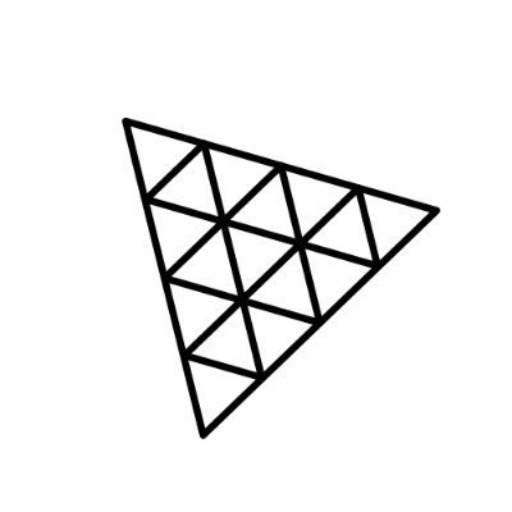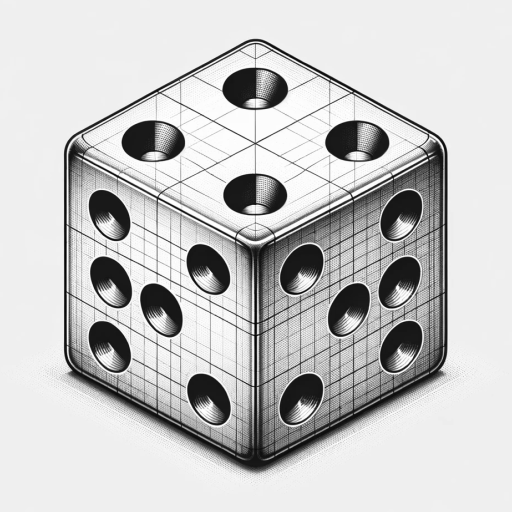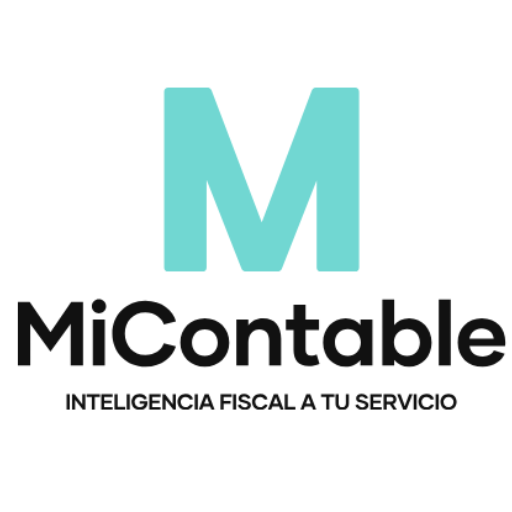p5.js-AI-powered coding assistance
AI-powered creative coding made easy
Show me a p5.js sketch for
How do I use noise in p5.js?
p5.js example for
Explain p5.js's color theory
Related Tools
Load More
Three.js Mentor
A patient and knowledgeable Three.js guide.

ThreeJS
Your personal Three.js assistant and code generator with a focus on responsive, beautiful, and scalable UI. Write clean code and become a much faster developer.

p5.js Visual Art Composer
Crafts complex p5.js code for artistic visuals.

Three JS Development

JavaScript Guru
Master Class - Teaching and creating code examples.

Ghost Painter
Transform any of your ideas into story-rich, stylistically unique monochrome artworks
20.0 / 5 (200 votes)
Introduction to p5.js
p5.js is a JavaScript library designed to make coding accessible for artists, designers, educators, and beginners. It was developed to encourage creative coding and simplify the process of creating visual arts, animations, and interactive content on the web. p5.js emphasizes ease of use and the ability to quickly prototype ideas. It is built on top of the Processing programming language, which was created to teach the fundamentals of computer programming within a visual context. Key features of p5.js include a simple syntax, a focus on immediate visual feedback, and extensive documentation and examples.

Main Functions of p5.js
setup() and draw()
Example
function setup() { createCanvas(400, 400); } function draw() { background(220); ellipse(200, 200, 50, 50); }
Scenario
These functions are used to initialize the environment and continuously execute the code to create dynamic visuals. 'setup()' runs once when the program starts, and 'draw()' runs in a loop, allowing for animations and real-time interactions.
createCanvas()
Example
function setup() { createCanvas(800, 600); }
Scenario
This function creates a drawing area on the webpage. It is often used to define the size of the artwork or interactive piece, making it essential for setting up the visual context of a project.
background()
Example
function draw() { background(255); }
Scenario
This function sets the background color of the canvas. It is commonly used to clear the canvas or set a solid background color before drawing other elements, ensuring a fresh state for each frame of an animation.
Ideal Users of p5.js
Artists and Designers
Artists and designers can use p5.js to create digital art, interactive installations, and generative designs. The library's simplicity and visual focus make it accessible for those with limited programming experience, enabling them to bring their creative visions to life through code.
Educators and Students
Educators and students benefit from p5.js as a tool for learning and teaching the fundamentals of programming within a creative context. It is widely used in educational settings to introduce coding concepts through visual and interactive projects, making learning more engaging and accessible.

How to Use p5.js
Visit aichatonline.org for a free trial without login, also no need for ChatGPT Plus.
This website offers free access to p5.js without the need for a subscription or login, making it easy to start experimenting with p5.js.
Set up your development environment.
Install a code editor like Visual Studio Code. You can also use the p5.js web editor at editor.p5js.org, which is great for beginners.
Learn the basics of p5.js.
Familiarize yourself with the p5.js reference and tutorials on the official website (p5js.org). Understand basic concepts such as shapes, colors, and interactivity.
Write your first p5.js sketch.
Start coding by creating a simple sketch. Use the setup() and draw() functions to initialize your sketch and continuously execute the code to create dynamic visuals.
Experiment and expand your skills.
Explore various examples and libraries available in the p5.js ecosystem. Experiment with different functions and techniques to create more complex and interactive art.
Try other advanced and practical GPTs
Wine label creator
AI-powered custom wine label creator.

化学生物学分析
AI-powered solutions for chemical biology research.

ur English partner
Enhance Your English with AI Conversations

MiContable - Asistente en Contabilidad
Streamline Spanish accounting with AI.

Docker Expert
AI-Powered Docker Development Assistant.

Government Bid RFP Proposal Assistant
AI-powered RFP Proposal Drafting

vakond gpt for the visually impaired
AI-powered assistance for the visually impaired.
Pyspark Data Engineer
AI-Powered PySpark Data Engineering Made Easy

雑学bot
Create engaging trivia scripts effortlessly with AI

なんでも雑学博士くん
AI-powered trivia for every topic.

Englisch/German I Deutsch/Englisch
Effortless AI-powered English/German Translations
Advertisement Master
AI-Powered Elegance for Luxury Ads

- Data Visualization
- Educational Tools
- Creative Coding
- Generative Art
- Interactive Web
Detailed Q&A about p5.js
What is p5.js?
p5.js is a JavaScript library that makes coding accessible for artists, designers, educators, and beginners. It simplifies the process of creating interactive graphics and animations.
How can I start using p5.js?
To start using p5.js, visit the official website p5js.org, where you can find resources, tutorials, and a web editor. Alternatively, you can set up your local environment by downloading the library and using a code editor.
What are the main features of p5.js?
p5.js offers a range of features including easy drawing of shapes, handling of multimedia, interaction through mouse and keyboard events, and integration with other libraries for advanced functionalities.
Can p5.js be used for web development?
Yes, p5.js is built on JavaScript, making it suitable for web development. It can be easily integrated into web pages to create interactive and engaging web applications.
What are some common use cases for p5.js?
Common use cases for p5.js include creating generative art, educational tools, data visualizations, interactive installations, and creative coding projects.